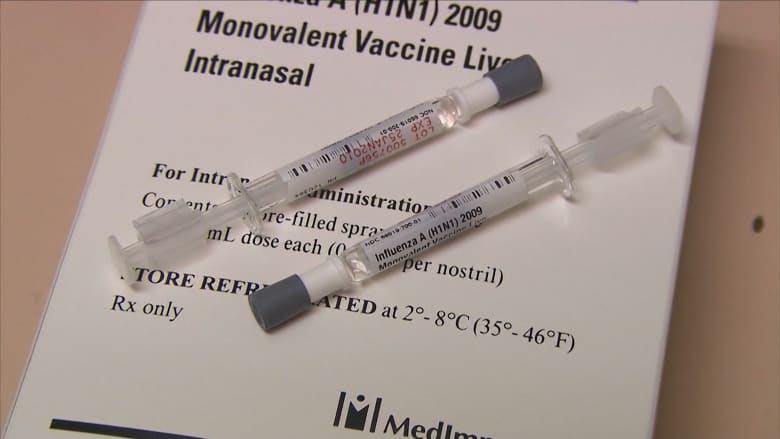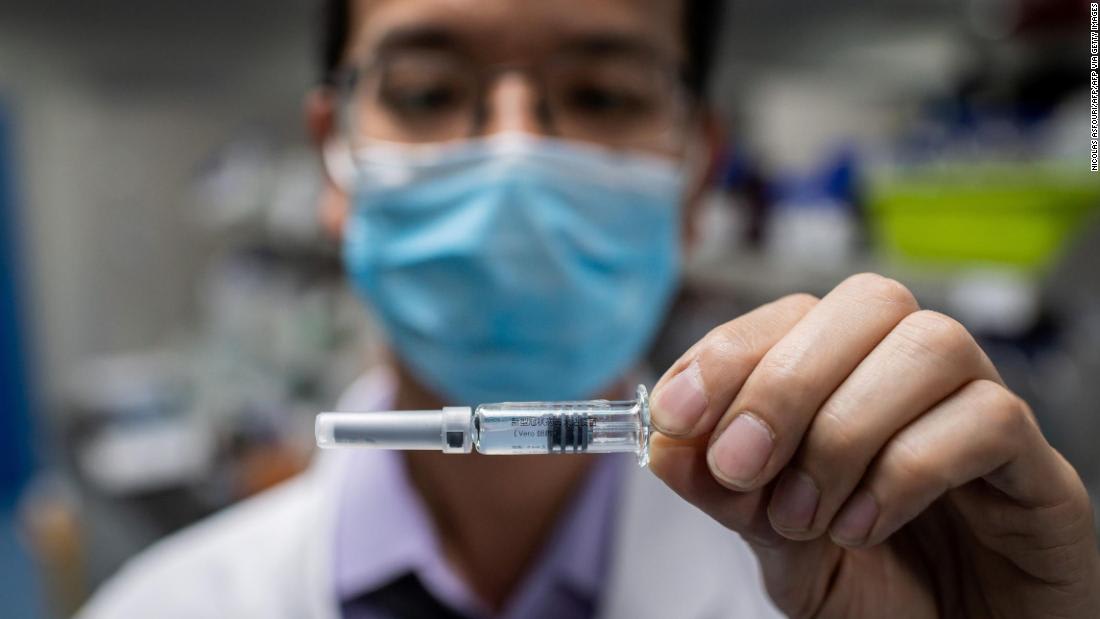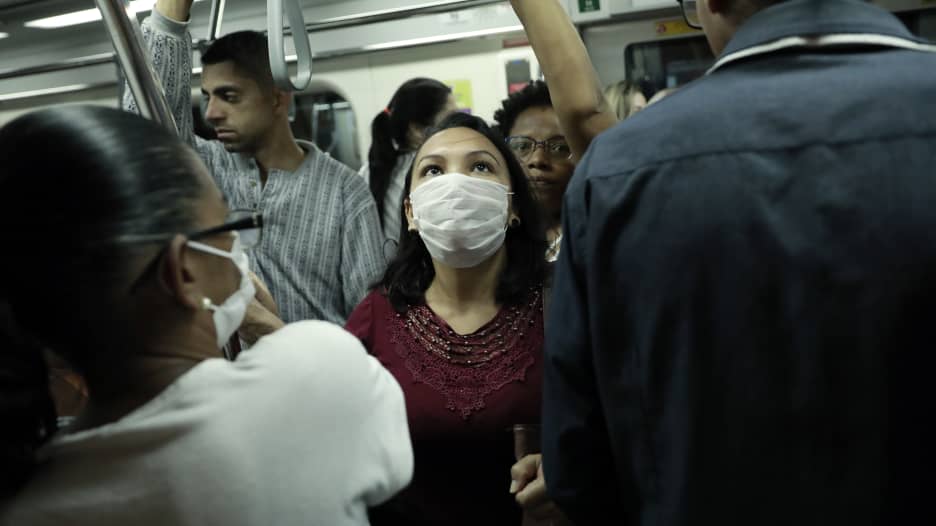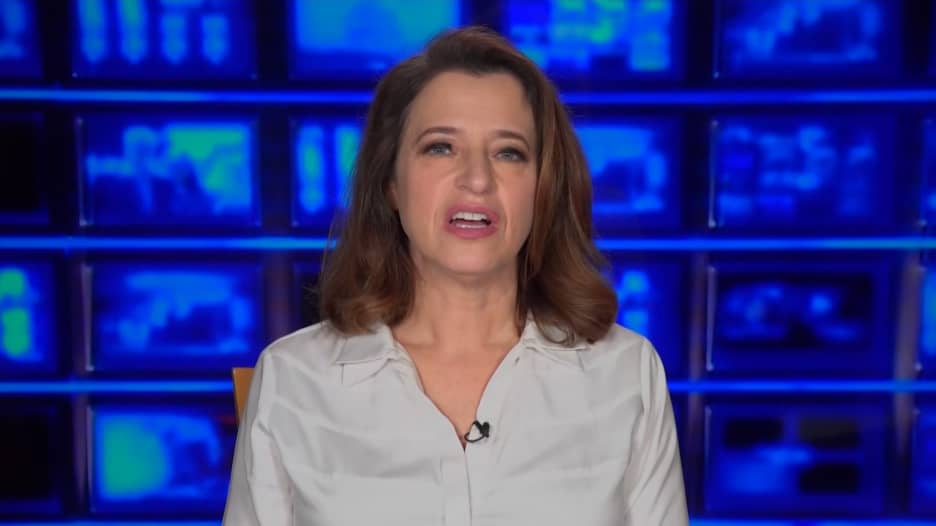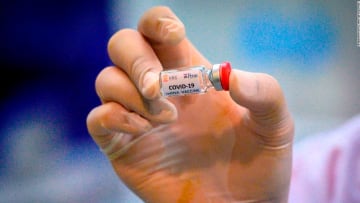دبي، الإمارات العربية المتحدة (CNN) -- في خضم البحث عن لقاحٍ يضع حداً لجائحة فيروس كورونا، يشعر بعض العلماء في الولايات المتحدة بالقلق من أن "عملية السرعة الفائقة" التي أطلقها الرئيس الأمريكي دونالد ترامب، تنقصها تقنيات اللقاحات المجرّبة والحقيقية التي أسفرت مراراً عن لقاحات ناجحة.
ولا تمول إدارة ترامب مناهج اللقاحات التي استخدمت لأكثر من 50 عاماً، بما في ذلك اللقاحات الحالية ضد التهاب الكبد، والإنفلونزا، وشلل الأطفال، وداء الكلب.
وبدلاً من ذلك، تستثمر الولايات المتحدة ما يصل إلى أكثر من 2 مليار دولار في مناهج حديثة وواعدة، ولكن في الغالب لم تسفر عن لقاحاتٍ معتمدة، فضلاً عن اللقاحات ذات السجلات الطويلة.
وأوضح خبير الأمراض المعدية في جامعة ييل، سعد عمر، أن "عملية السرعة الفائقة" تحتاج إلى توسيع محفظتها لتشمل التقنيات القديمة.
وقال عمر، الذي ساعد في تطوير العديد من اللقاحات، إن "التقنيات الجديدة جيدة، ويمكن أن تقوم بأداء جيد، ولكن يجب علينا بالفعل الاحتياط".
ويوافق الدكتور بول أوفيت، الأستاذ في جامعة بنسلفانيا والذي طور لقاحاً ضد الفيروس العجلي "فيروس الروتا"، على هذا الرأي موضحاً: "فقط لأنه جديد لا يعني أنه أفضل".
الصين والولايات المتحدة تتبنى مناهج مختلفة بشكل كبير
واتبعت الصين نهجاً مختلفاً تماماً عن الولايات المتحدة، إذ استعانت بالنهج القديم في أربعة من لقاحاتها الخمسة في التجارب السريرية.
ولكن مدير معاهد الصحة الوطنية الأمريكية يشير إلى أن هناك "حاجة للسرعة"، ويستغرق تطوير المنهج القديم "وقتاً أطول بكثير".
وأوضح الطبيب فرانسيس كولينز لـ CNN أنه "ليس هناك وقت لنضيعه".
وقال كولينز إن لديه مخاوف تتعلق بالسلامة من النهج القديم الذي يفضّله الصينيون، ويتضمن هذا النهج أخذ الفيروس بأكمله إلى الاستجابة المناعية غير المضمونة، ولكن يتم تعطيل مفعول الفيروس أولاً بحيث لا يسبب ضرراً.
وأشار كولينز إلى أنه "إذا لم تكن ناجحاً تماماً في تعطيل الفيروس، فستخشى أن يكون اللقاح ذاته خطيراً، مضيفاً أن "هناك دائماً قلق أكبر بشأن السلامة."
وتستخدم اللقاحات الأحدث تقنياً جزءاً فقط من الفيروس، أو حتى مادته الجينية فقط، وقال كولينز إن هذه الأنواع من اللقاحات "لا تحمل مخاطر نقل المرض الفعلي".
كما أشار الدكتور فيليب راسل، وهو جنرال متقاعد وقائد سابق لقيادة البحث والتطوير الطبي بالجيش الأمريكي، والذي ساعد في تطوير العديد من اللقاحات، إلى مخاوف تتعلق بالسلامة مع لقاح فيروس معطّل.
وقال راسل عن النهج الأمريكي :"أعتقد أنهم يفعلون الشيء الصحيح".
مع ذلك، يتساءل بعض العلماء الآخرين عما إذا كانت التكنولوجيا القديمة تستغرق وقتاً أطول أم أنها غير آمنة بالفعل.
وقال جون مور، أستاذ علم الأحياء الدقيقة وعلم المناعة في كلية طب وايل كورنيل إن "الصينيين لن يفعلوا ذلك إذا لم يكن لديهم خطة عقلانية لذلك، مشيراً إلى أن "الصينيين ليسوا غير منطقيين".
ووفقاً لسلطات الصحة البرازيلية، ستبدأ شركة صينية، "Sinovac Biotech"، التجارب السريرية للمرحلة الثالثة باستخدام لقاح فيروس معطّل خلال الأسبوع الأول من يوليو/تموز القادم. ومثل هذه التجارب تعد بمثابة الخطوة الأخيرة قبل أن يطلب مطوّرو اللقاح موافقة الجهات التنظيمية.
وقال دكتور بيتر هوتز، اختصاصي اللقاحات في كلية بايلور للطب، والذي يعمل على لقاح "كوفيد-19" ويستخدم نهجاً مختلفاً عن النهج الصيني، إن التجربة خير دليل.
ولكن خبراء اللقاحات يقولون إن الطرق القديمة يمكن أن تتم بأمان، وأشاورا إلى اللقاحات المتاحة في الأسواق والتي تستخدم فيروسات معطّلة.
وأشار الخبراء كذلك إلى أن معظم أموال الحكومة الأمريكية يتم إنفاقها على التكنولوجيا الجديدة التي تمت دراستها تجريبياً، ولكنها لم تصل أبداً إلى الأسواق.
وقال أوفيت، عالم اللقاحات في جامعة بنسلفانيا: "نحن لا نعرف ما إذا كانت حقاً أكثر أماناً".
